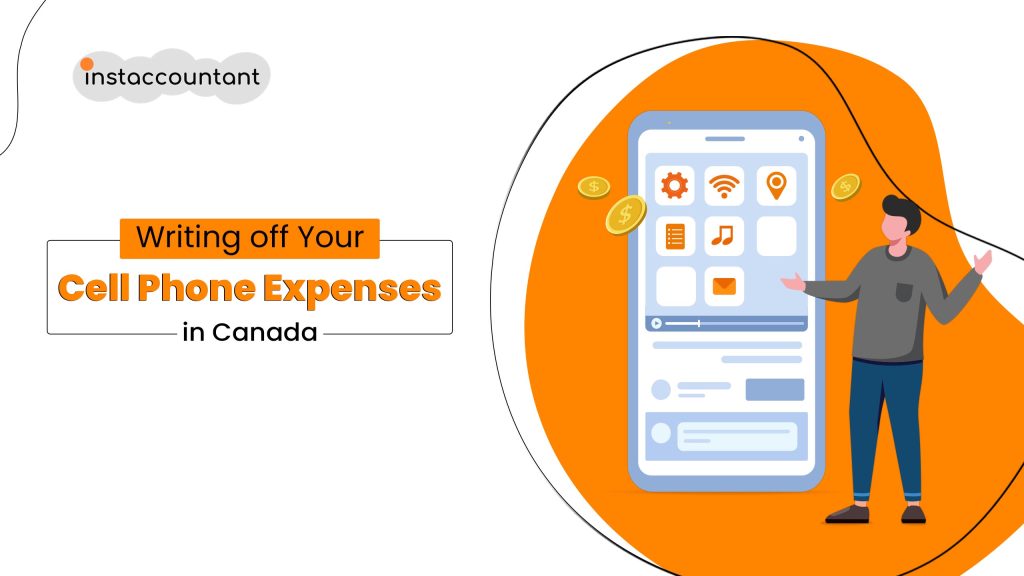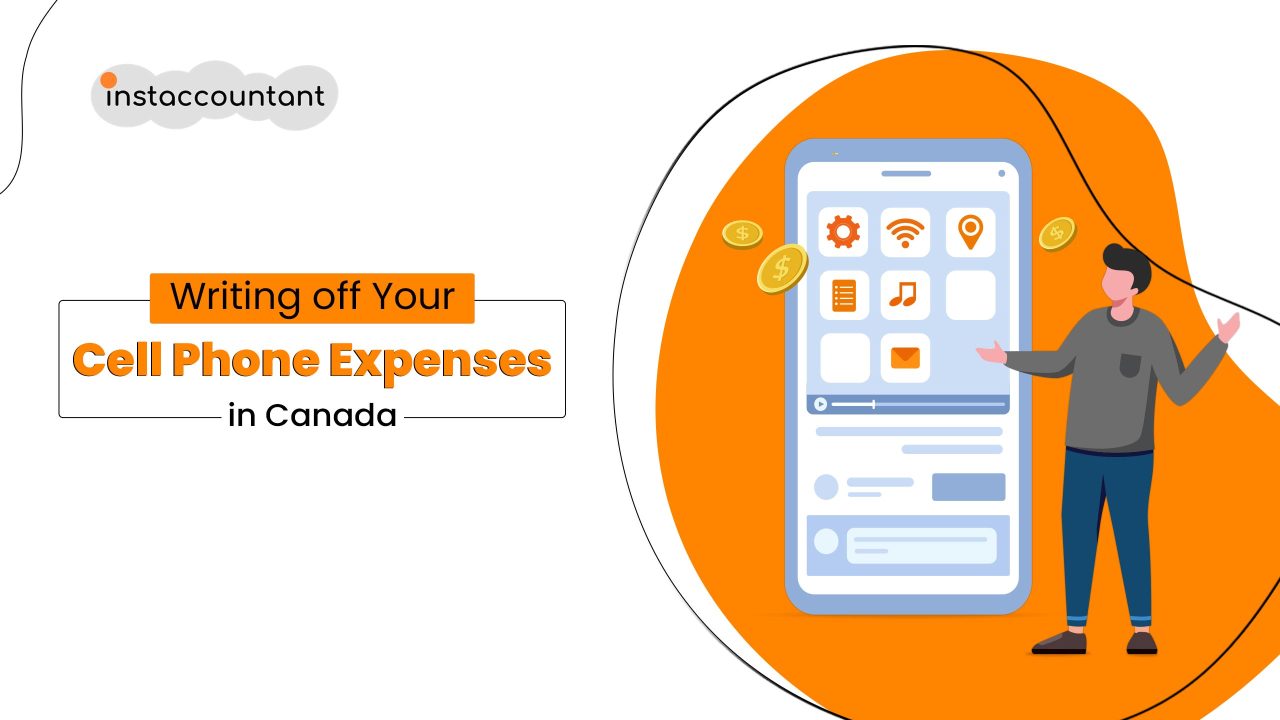Navigating the world of tax deductions can be tricky, especially when it comes to understanding which expenses qualify and how to properly claim them. Writing off your cell phone expenses in Canada is possible if you follow certain criteria and understand the rules set forth by the Canada Revenue Agency (CRA). In this guide, we will provide step-by-step instructions on how to write off cell phone expenses for your tax return, so you can reduce your taxable income and keep more of your hard-earned money.

Step 1: Determine Your Eligibility
To be eligible to write off your cell phone expenses in Canada, you must meet certain criteria. Not everyone can deduct cell phone expenses in Canada. Here’s a breakdown of who qualifies:
- Self-Employed Individuals: If you are self-employed, such as a sole proprietor, freelancer, or contractor, you may be eligible to claim a portion of your cell phone expenses. This is applicable if you use your phone for business purposes.
- Employees Required to Use Their Personal Phones: Even as an employee, you may be eligible to deduct cell phone costs if your employer mandates you use your own phone for work and doesn’t reimburse you for the charges. This means that if you receive a phone allowance or your employer covers the cost of your cell phone, you are not eligible to claim this deduction.
In both scenarios, the crucial element is the primary use of your cell phone. The CRA requires that more than 50% of your total cell phone use be directly related to earning business income. This could include activities like:
- Making business calls to clients, suppliers, or colleagues
- Texting for business communication
- Using business apps or accessing work email on your phone
- Utilizing data for business purposes like online research or video conferencing
Step 2: Keep Your Bills and Contracts
Documentation is key when it comes to claiming tax deductions. It’s important to keep a detailed record of your cell phone bills and any contracts you have. These documents should clearly outline your plan, the cost, and your usage. This information will serve as proof for the CRA in case of an audit. It’s also a good idea to keep copies of any correspondence with your employer regarding cell phone expenses, if applicable.
Pro Tip: Utilize Zoombooks expense tracker app! Scan your bills and contracts and store them securely in a designated category for easy access come tax time.
Step 3: Calculate Business Use Percentage
Accurately determining the percentage of cell phone use that is for business purposes is crucial. Not all phone calls are created equal. To claim a deduction, you need to determine the percentage of your cell phone use that’s strictly business. Here are two effective methods:
- Review Phone Records: Many cell phone providers offer detailed online usage reports that categorize calls, texts, and data usage. Analyze a representative period (e.g., a month) to calculate the percentage of business-related calls and data consumption compared to personal use.
- Maintain a Business Phone Log: If detailed usage reports aren’t available, consider manually logging your business-related phone activity. Include the date, time, duration, and purpose of each call or data session.
Step 4: Calculate Your Allowable Deduction
Once you have determined your business use percentage, you can apply this to your total annual cell phone expenses. Here’s the simple formula:
Business Use Percentage (%) x Total Annual Cell Phone Expenses = Claimable Deduction
For example, if your business use percentage is 65% and your annual cell phone bill is $1,500, your deductible amount would be $975 ($1,500 x 65%).
Step 5: Complete the Appropriate Tax Forms
When it comes time to file your taxes, you will need to complete the appropriate tax forms. If you are self-employed, you would need to complete form T2125 (Statement of Business or Professional Activities). This form has a section for “Office Expenses” where you can list your cell phone expenses and the corresponding business use percentage. If your employer mandates you use your own phone, they should provide you with form T2200 (Declaration of Conditions of Employment). This form confirms that your phone expenses are not reimbursed by your employer. You, in turn, will use form T777 (Statement of Employment Expenses) to claim your cell phone deduction.
Don’t hesitate to consult a tax professional for personalized guidance on completing the relevant forms.
Step 6: Know the Rules for Employees
If you are an employee, it’s important to familiarize yourself with the specific rules and requirements for claiming cell phone expenses. In addition to having your employer complete Form T2200, you should keep in mind that the cell phone must be required for the performance of your duties and that you must have a signed contract with your employer stating that you are responsible for your own cell phone expenses.
Step 7: Follow the Deadlines
To ensure you don’t miss out on any deductions you’re entitled to claim, it’s important to file your taxes on time. The deadline for personal tax returns in Canada is generally April 30th, while self-employed individuals have until June 15th to file. However, it’s important to note that any taxes owing must still be paid by April 30th to avoid interest charges.
Remember, tax laws can change, so it’s always a good idea to consult with a professional accountant or refer to the CRA’s website for the most up-to-date information. By following these steps and maintaining good records, you can confidently claim your cell phone expenses and potentially lower your tax bill. While it may seem overwhelming at first, with a little organization and understanding of the rules, you can easily manage this aspect of your tax return.




